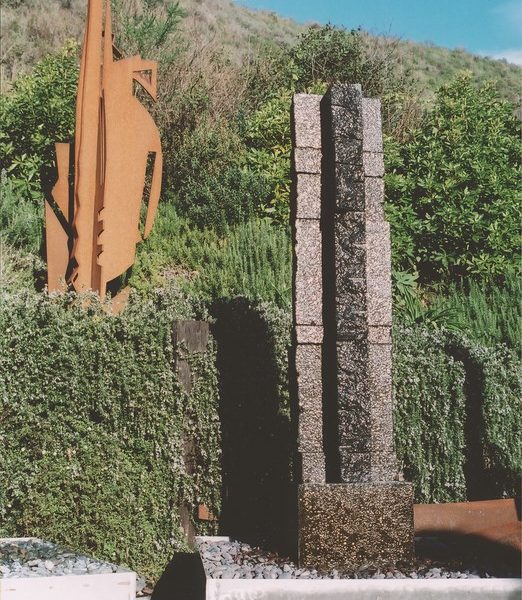waterfall
Watershaping has come a long way in the past half dozen years – a journey…
To know where you're going, you need to have a sense of where you've been. That phrase is a bit shopworn, but it
Watershaping advanced by leaps and bounds from 1999 through 2004 – a journey of artistry…
Watershaping advanced by leaps and bounds from 1999 through 2004 – a journey of artistry…
Watershaping advanced by leaps and bounds from 1999 through 2004 – a journey of artistry…
When people talk about how much they love living in the desert, I've come to believe that what they really mean is that they love living in an oasis looking out onto the desert. That's profoundly ironic, but my clients in St. George, Utah, have all chosen for one reason or another to move to an extraordinarily arid place and seem universally to crave the presence of water in their immediate surroundings. This is indeed one of the most important things they're looking for in homes in our developments. It's one of the reasons why
When I first walked the four acres of wooded ravines of what would later be christened "The Garden of Wind and Pine" at the heart of the Garvan Woodland Gardens in Hot Springs, Ark., I was both delighted and daunted by the experience. The delight came in the site's sublime natural beauty, which reminded me of tromping through the woods as a child - an activity I enjoy to this day. As for my sense of unease, I don't know which was more significant: the expansiveness of the dry drainage ravines that were to be converted to ever-varying cascades and streams, or the omnipresence of ticks and poison ivy. When I made my first visit in the fall of 1999, the site was part of an undeveloped 210-acre woodland parcel on the shore of Lake Hamilton given to the Department of Landscape Architecture at the University of Arkansas in Fayetteville by Verna Garvan. She had long seen the peninsula as the ideal setting for a botanical garden and had spent two decades developing her vision, planting camellias and azaleas and a rose garden and commissioning a pavilion by the architect Fay Jones and his partner, Maurice Jennings. I had worked in Fayetteville before, crafting a
Creating granite waterfeatures is not unlike the delicacy of deep-water yacht racing: Racing big boats across the open sea requires intuitive sense in harnessing the raw powers of nature, much as do the creative insights needed to take raw monoliths from quarry walls and produce elegant expressions that reflect our primal essence. Both endeavors must gracefully balance the unbridled forces of nature. In yacht racing, wind and waves must be brought into harmony with a yacht's unique rigging and sails by its skipper and crew. With granite waterfeatures, an innate sense of harmonic balance must be struck between granite and/or water, the landscape and the human observer's ability to appreciate solemnity. In my case, these harmonies have consistently been found in asymmetry. Indeed, I've come to feel confident with the premise that people are, knowingly or not, drawn to the asymmetrical balances they see in nature. I also see both art and architecture as skillful reflections and expressions of what we have observed in nature from time immemorial. To that end, I try to create works that draw their form and spirit from the intuitive balance of asymmetry. Whether sculpting a landscape, setting stones in a rock garden or






















